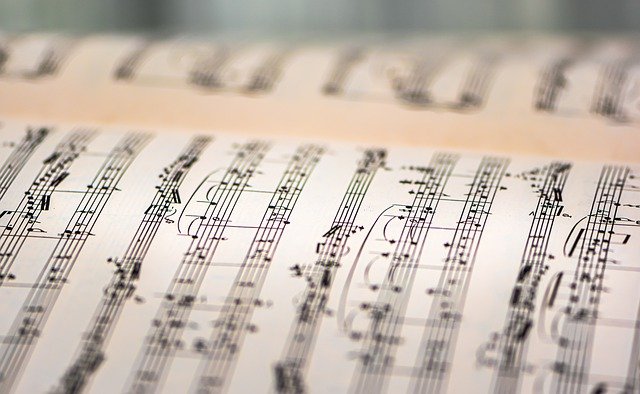
Music and its role in soccer broadcasts (축구중계). The music accompanying the pre-match build-ups is very exciting, while the music that plays after a winning goal is scored is triumphant.
In order to give a smooth viewing experience, this has not taken place by accident, but it’s as a result of an intricate process that takes into check various considerations.
We now shift our attention to six facts hidden behind the scenes on how soccer matches are themed using music.
1. Music Tailored for Audience Cultural Preferences
When soccer is broadcast globally, there must be consideration of diverse cultures. With Latin beats in South American games or orchestral themes in European matches, great care is taken when selecting music to cater to regional tastes.
2. Working Together with Music Producers
Just picking random songs from anywhere cannot happen here. Professional music producers who make or source tracks that give suspenseful, joyous, and agonizing moments during important game points are involved.
3. Matching Music to Key Match Events
The right timing is crucial in these instances.
By choosing songs that fit specific parts, like cheerful tunes when teams are being introduced or intense melodies during penalty shootouts, producers can guarantee perfect harmony between the soundtracks and events of a match happening below them.
ALSO READ: Getting More Instagram Followers for Musicians
4. The Challenging Licensing of Iconic Tracks
Most of the well-known songs played during soccer broadcasts are carefully licensed. Music that is instantly recognized by fans and linked to the game’s identity is valued by broadcasters, who know the worth of these songs.
5. Testing Playlist-Before Viewer Finalization Reaction
For emotional impact, playlists are put through their paces in a focus group before a note reaches viewers’ ears. This feedback helps refine selections so that music does not distract from but enhances the footballing experience.
6. AI’s Role in Music Selection
AI technology increasingly uses analyzed audience preferences to suggest music that suits the mood of a match. It saves time and ensures that choices made will be impactful on viewers.
Conclusion
The music we hear during a soccer broadcast is far more than background noise. It’s a crafted experience designed to heighten emotions and keep fans engaged.
These behind-the-scenes insights help us appreciate how sound converts each game into an indelible memory.



